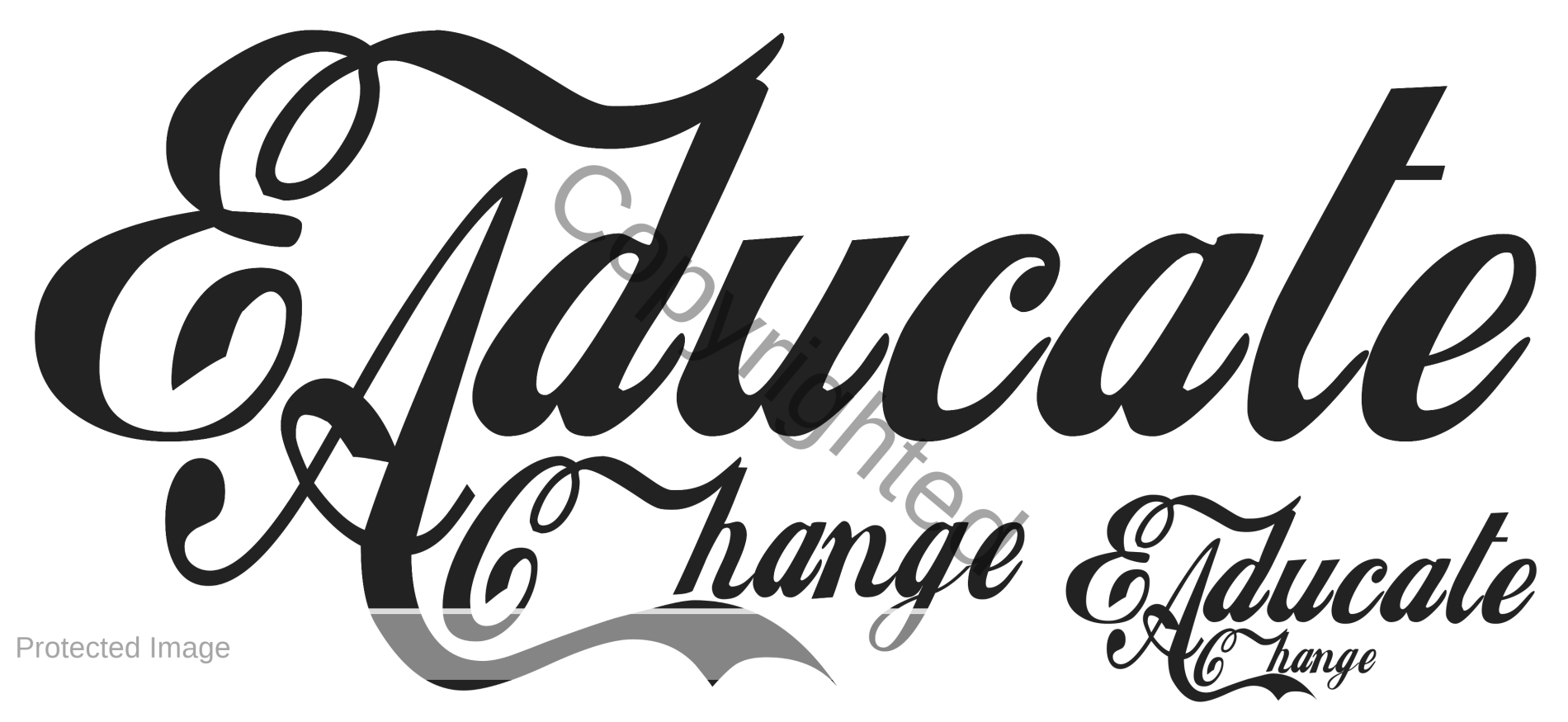Scarcity, Choice And Opportunity Cost
- The Fundamental Economic Problem
- Economic resources, such as land, labor, and capital, are inherently limited.
- Human wants are unlimited, ranging from basic necessities like food and shelter to luxury items like cars and travel.
- This discrepancy between finite resources and infinite desires creates scarcity, the central issue in economics.
- Wants vs. Needs
- Needs refer to essential items required for survival (e.g., food, shelter, clothing).
- Wants are items that improve quality of life but are not strictly necessary (e.g., entertainment, fashion).
- Different people have different scales of preference influenced by culture, upbringing, and individual circumstances.
- Scarcity and Choice
- Due to scarcity, individuals, firms, and governments must make choices about resource allocation.
- Every choice involves a trade-off, as choosing one option means forgoing another.
- Opportunity Cost
- Opportunity cost is the value of the next best alternative forgone when making a decision.
- Example: If an individual chooses to spend $15 on a movie ticket rather than a book, the opportunity cost is the enjoyment they would have derived from the book.
- Opportunity cost applies to all levels of decision-making, including personal, business, and governmental choices.
- Production Possibility Curve (PPC)
- The PPC is a graphical representation that shows the maximum possible output combinations of two goods or services that an economy can produce with its available resources and technology.
- Points on the curve represent efficient resource use, points inside the curve represent inefficiency, and points outside the curve are unattainable without increased resources or technological advances.
- The curve’s shape illustrates the concept of increasing opportunity costs. As production of one good increases, larger quantities of the other good must be sacrificed.
- Illustration of the PPC
- Consider an economy producing cars and televisions.
- Allocating all resources to car production yields a maximum of 1,000 cars and zero televisions.
- Conversely, allocating all resources to televisions results in 2,000 televisions and no cars.
- Intermediate points on the curve show trade-offs: producing 800 cars may allow for 950 televisions.
- Economic Efficiency and Inefficiency
- Points on the PPC indicate productive efficiency, where resources are fully utilized.
- Points within the PPC signify underutilization, such as unemployment or unused capital.
- Points beyond the PPC are unattainable without an increase in resource availability or technological improvement.
- Economic Growth and PPC Shifts
- Economic growth can shift the PPC outward, indicating an increase in an economy’s productive capacity.
- Factors contributing to growth include:
- Technological advancements
- Increased labor force
- Investment in capital goods
- Key Economic Questions
- Due to scarcity, all economies must answer three fundamental questions:
- What to produce?
- Decisions about the types and quantities of goods and services to produce.
- Example: Should more resources be allocated to healthcare or defense?
- How to produce?
- Decisions regarding the methods of production, such as labor-intensive or capital-intensive processes.
- Example: Should production rely on human labor or automated machinery?
- For whom to produce?
- Decisions about the distribution of goods and services.
- Example: Should income redistribution policies ensure more equitable access to essentials, or should goods be distributed based solely on market dynamics?
- What to produce?
- Due to scarcity, all economies must answer three fundamental questions:
- Applications of Opportunity Cost
- Individual Level: A student choosing to study economics rather than spending time with friends sacrifices leisure.
- Business Level: A company investing in new machinery may forgo marketing expenses.
- Government Level: A government allocating funds to infrastructure projects may reduce spending on public health.
- Scarcity in the Context of Global Issues
- Climate change and environmental sustainability pose significant resource allocation challenges.
- Economists must analyze trade-offs, such as restricting air travel to reduce emissions versus maintaining economic benefits from tourism and trade.
- Reflection on Scarcity and Decision-Making
- Scarcity forces prioritization of wants and careful consideration of trade-offs.
- Individuals and organizations must evaluate costs and benefits to make informed decisions that optimize outcomes.
- Conclusion of Economic Theory on Scarcity
- The fundamental economic problem of scarcity shapes economic theory and policy.
- By addressing the questions of what, how, and for whom to produce, societies seek to maximize welfare within their resource constraints.
